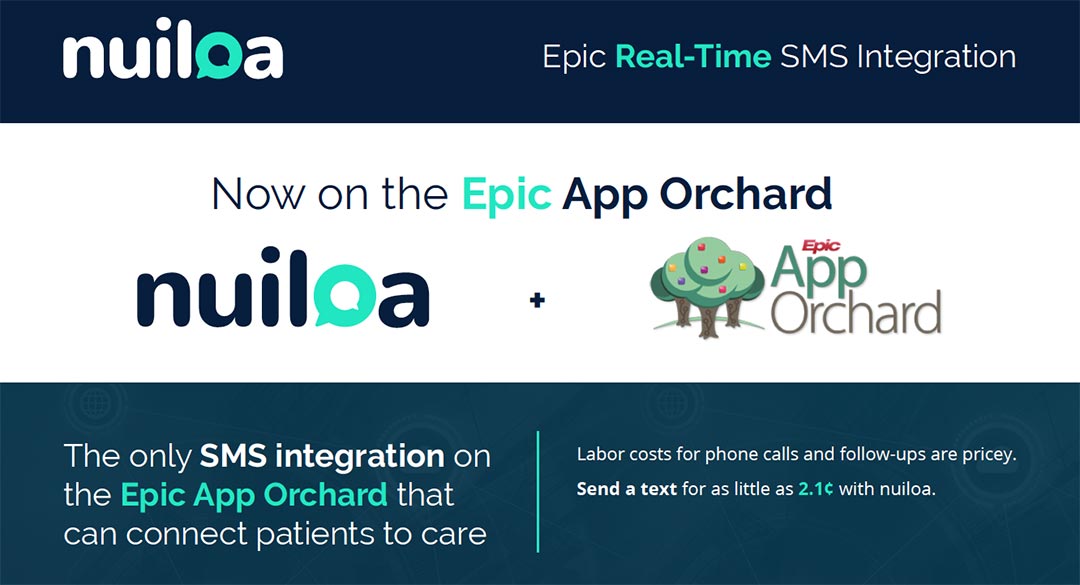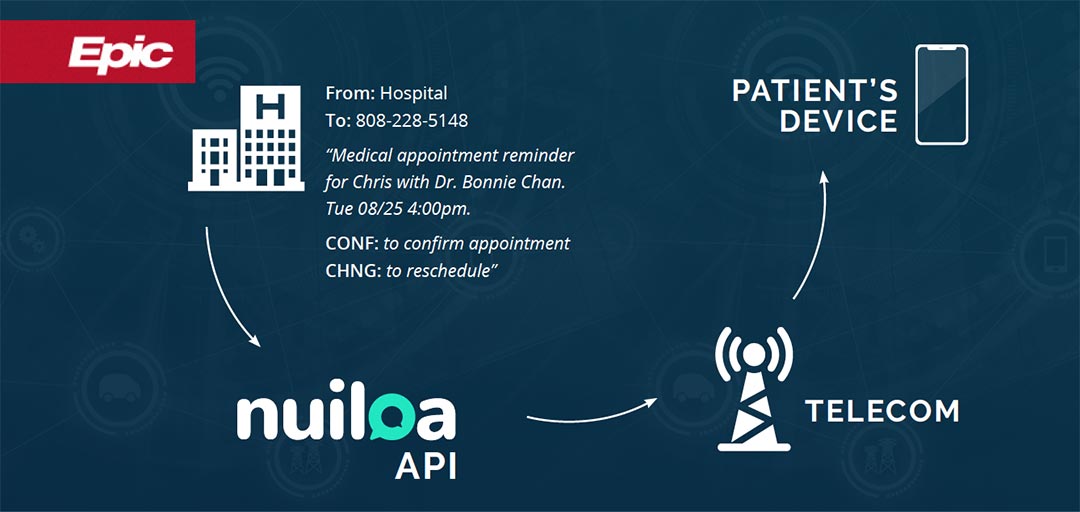No-Shows & Outstanding AR in Healthcare – The problem, or merely a symptom?
The statistics are in, and similar to previous years, no-shows and outstanding accounts receivable are taking a toll on the healthcare industry in the United States, costing the system billions of dollars.
If you are a healthcare provider reading this, it’s likely something you are already far too aware of.
When we look at no-shows and high accounts receivable (AR) days as a symptom of a bigger problem, the data not only backs this conclusion, but it also points us in the direction of a new solution.
Presented Symptoms
When we begin to break down what we know, we can analyze these primary issues in more detail.
Symptom #1: No-Shows
- Average is around 18% but can range up to 30%
- Cost per no-show is approximately $200 per appointment (this is a full-time salary annually for most clinics)
- The most common contributing factors include age, past attendance, payer type, and advance scheduling
Symptom #2: Outstanding AR
- 45-50 days is considered average, and this has been the case since 2006
- The time required to manage AR is exceedingly high.
- Patients with outstanding AR or who pay out of pocket are more likely to no-show
When we view the data this way, we can see a correlation. A study by Duke University of 14 specialties showed that having a copay due was one of the top five predictors that a client would not attend their appointment in seven of the included specialties. These no-show statistics reduce the staffing ability of clinics while adding to the workload for existing staff. This results in an increased challenge in time allotment for AR resolution as well as patient follow up.
The Diagnosis? Systemic Complications.
Human Connection: The missing treatment?
Nearly every study referenced came to very similar conclusions, and when we distill the information down, we are left with three primary initiatives that have the ability to solve the majority of both no-show and AR issues.
1. Increased engagement with patients
One of the primary factors leading to increased attendance is regular reminders and follow-up including via text message prior to appointments, especially in the case of advanced bookings with long lead times. Self-service booking was also proven to increase attendance. These types of patient-centric engagement also provided transparent data for tracking individual patients and isolating local demographics that may lead to no-shows.
2. Relationship building with payers
One innovative approach involved forming strong relationships with key individuals at payer organizations. This smoothed the process of submission and appeals to result in fewer denied claims and shorter AR days.
3. Staffing appropriately
Many hospitals and clinics experience similar challenges in both patient follow-up and AR resolution, but the methods to overcome this vary by effectiveness. One practice found that lost information and efficiencies were improved by implementing shared roles as there were no longer knowledge gaps due to staff turnover or sick days. Yet another found that temporary remote workers were able to provide consistency in administrative tasks.
Introducing nuiloa: The conversation platform engineered for hospitals and clinics

Engage your patients like never before. Automated reminders facilitate two-way communication between patients and healthcare workers to elevate the patient experience.
Why nuiloa?
Real-time text & voice features that allow for smart automation that gets your patients the info they need when they need it.
Intuitive and self-service technology that allows providers to build conversation campaigns easily for multiple scenarios.
Simple user-interface allows for accessible management that automates and regulates calls and follow-up.
Epic integration with nuiloa allows clinics and hospitals to use Epic’s SMS infrastructure — a more affordable solution to third party SMS vendors.
Patient-focused technology increases touchpoints for better retention and satisfaction and reduces clinic staff workload.
Automation ensures reliability in follow-up care and frees up provider time for urgent or complicated cases.
Text, phone, and email contact types allow communication to happen when it’s convenient for the patient.
Empower patients with the Epic Real-Time SMS Integration by nuiloa
By configuring Epic’s real-time texting infrastructure with the nuiloa rest API, your team can enable nuiloa as your affordable SMS vendor. Once configured, Epic’s infrastructure sends all SMS text messages to nuiloa. nuiloa then sends the message to individual patients, tracks replies, and logs all activities.
Messages are sent based on patient preferences. Patients can choose which messages they can receive and how they get messages on MyChart.

Minimizing friction in patient communications
One of the biggest gaps in healthcare today is the delay that happens after a cancellation, a no-show, or a change in an appointment. At nuiloa, we hope to build trust and reliability between providers and patients by helping clinics streamline their communication touchpoints.
Harnessing the technology available to trigger automated communications with patients can have a huge potential to decrease no-shows and outstanding AR.
SMS Integration now on the Epic App Orchard.
Discover how nuiloa can solve communication gaps in your facility. Try nuiloa for Epic for free by registering your free account.